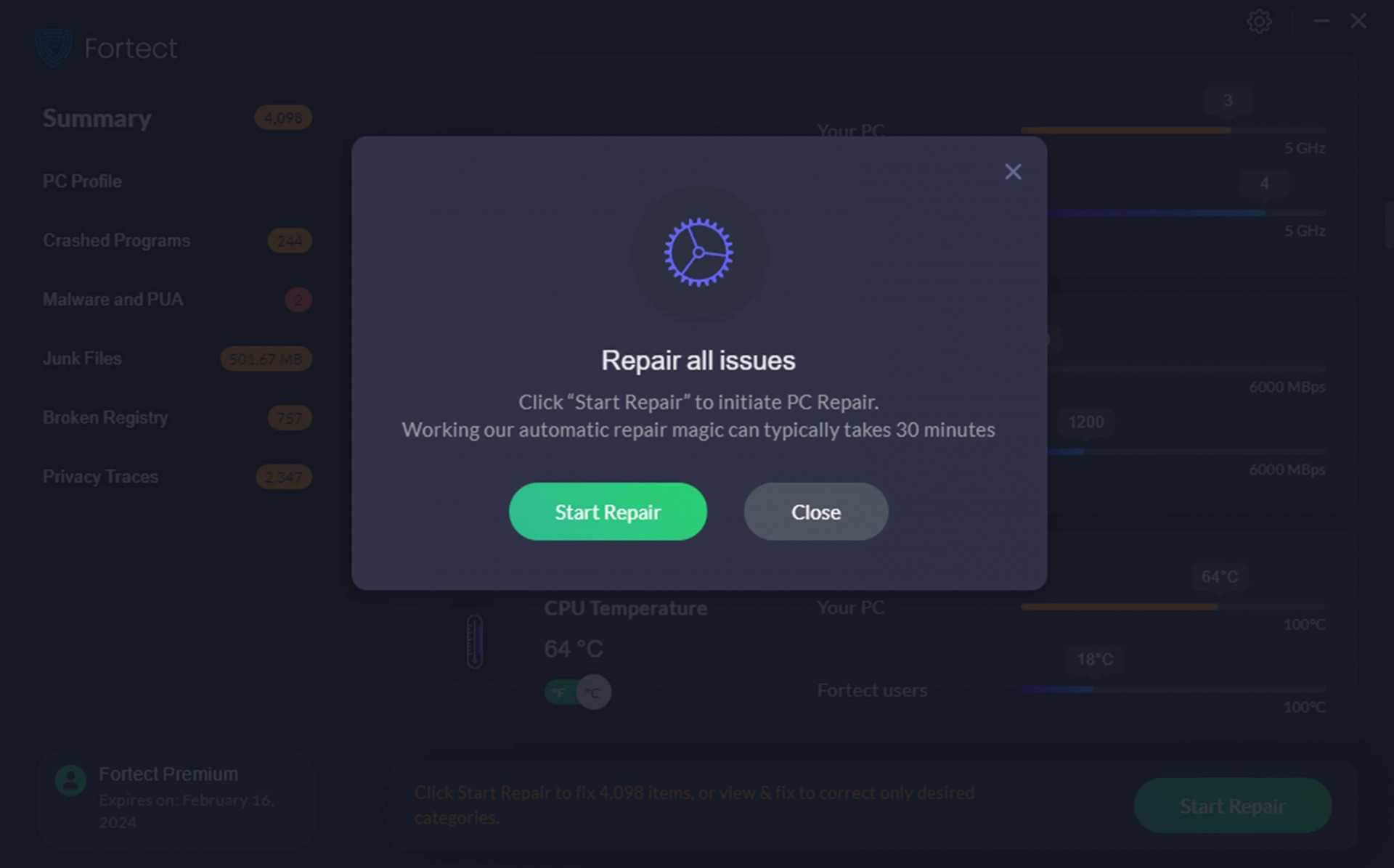Should You Worry If Your PC Blue Screens Once?
Panic soon sets in when you experience the dreaded Blue Screen of Death (BSoD) on Windows. After all, it comes out of nowhere and quickly shuts down your computer. Are my files safe? Did my hardware fail?

The critical error is certainly not to be ignored, but it doesn’t mean your PC is permanently damaged. In some cases, it only happens once and the blue screen appears to fix itself.
If this has happened to you, don’t worry you aren’t going mad. It might only be a temporary glitch.
Why might a BSoD only happen once?
If your PC is in full working order, there’s no reason for it to go into a BSoD. However, software and hardware can include rare bugs that have yet to be addressed by the maker.
There can also be those rare environmental factors or actions that only happen once; thus, the blue screen only happens once. For example, reaching that specific part of a game with high GPU temperature due to a certain background process.
Consider these scenarios and you’ll understand why a BSoD may only happen once or a few times over several years:
- Overheating – If your components are working properly and your PC is well-ventilated, overheating is only going to occur in rare circumstances. E.g., performing a very intensive task during an already hot day, while your PC is not properly ventilated. A BSoD might occur once because the circumstances are never the same.
- Power surges – Power surges and other external electrical faults can cause a BSoD. If your PC powers back on ok, the problem is unlikely to reoccur.
- Software corruption – If the crash is linked to a single program that you never use again, then the BSoD will never happen again.
- You fixed it without knowing – Perhaps you updated a device driver or piece of software without realizing that this was the fix for the BSoD.
Other possibilities may include a rare conflict between two processes temporary damage caused by malware, some manufacturing bug on a hardware component, or some improper settings.
Of course, even if your PC only seems to blue-screen once, it doesn’t mean there isn’t a problem that might occur again in the future.
Whenever a BSoD happens, you should make a note of the Stop Code and check the event log if you need more information. This will at least give you an idea of why the error occurred.
For example, the stop code MEMORY_MANAGEMENT can refer to malfunctioning RAM as the BSoD cause.
What can I do after a single BSoD?
If you have experienced a blue screen but your PC immediately reboots as normal, there are a few things you should check:
- Personal Files – If you were working on a document or file when the blue screen occurred, check to make sure the file is still intact and not corrupted. You can also check the event log to see if any files were affected during the crash.
- Hardware – A malfunctioning hardware component like a RAM module, hard disk, or graphics card can cause a blue screen. Check the components for any signs of damage and ensure they are properly seated in their sockets.
- Temperatures – To check that overheating isn’t a lurking issue, download a monitoring tool like Core Temp or NZXT’s CAM. Fortect also reads your CPU core temperature.
- Perform an antivirus scan – Run a full system scan for viruses and malware using a reliable antivirus program. Malware infections can cause system instability and lead to a BSoD.
- Check for any updates – Make sure you have installed the latest driver, software, and Windows updates, to make sure nothing outdated caused the error.
Use a Windows repair tool
Sometimes, the BSoD can occur because of missing or corrupted system files or a damaged registry. This doesn’t mean your PC will blue screen over and over, but this could be the case if more damage occurs without bringing things back to baseline.
- Download and Install Fortect on your PC.
- Launch and run the system scan (also works in Safe Mode).
- Click Start Repair to fix all Windows problems in one go.
- If prompted, restart your PC.

Fortect has a vast repository containing millions of fresh Windows components. During the repair process, it automatically pulls any files or configurations required to fix your PC.
It also cleans your computer of junk files that might be slowing it down.
Conclusion
Although a BSoD is scary at first, there are always ways to recover. If it happens just once, make sure to run some basic checks and use a tool like Fortect to repair any hidden problems with the operating system.



